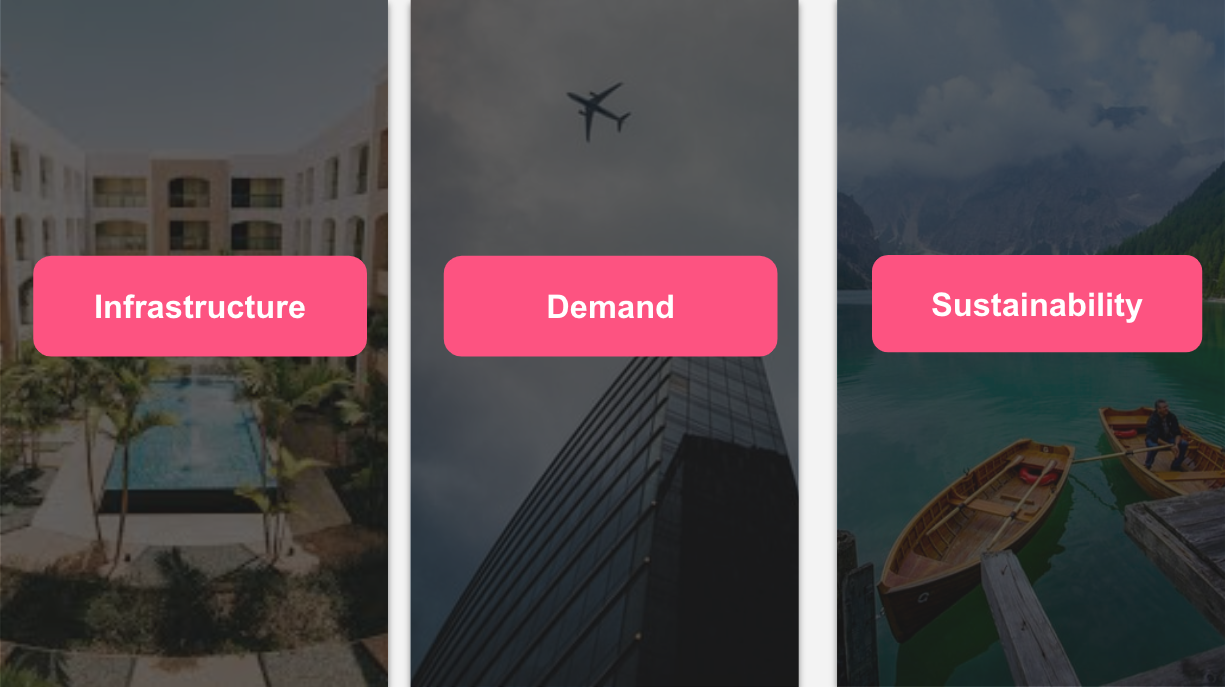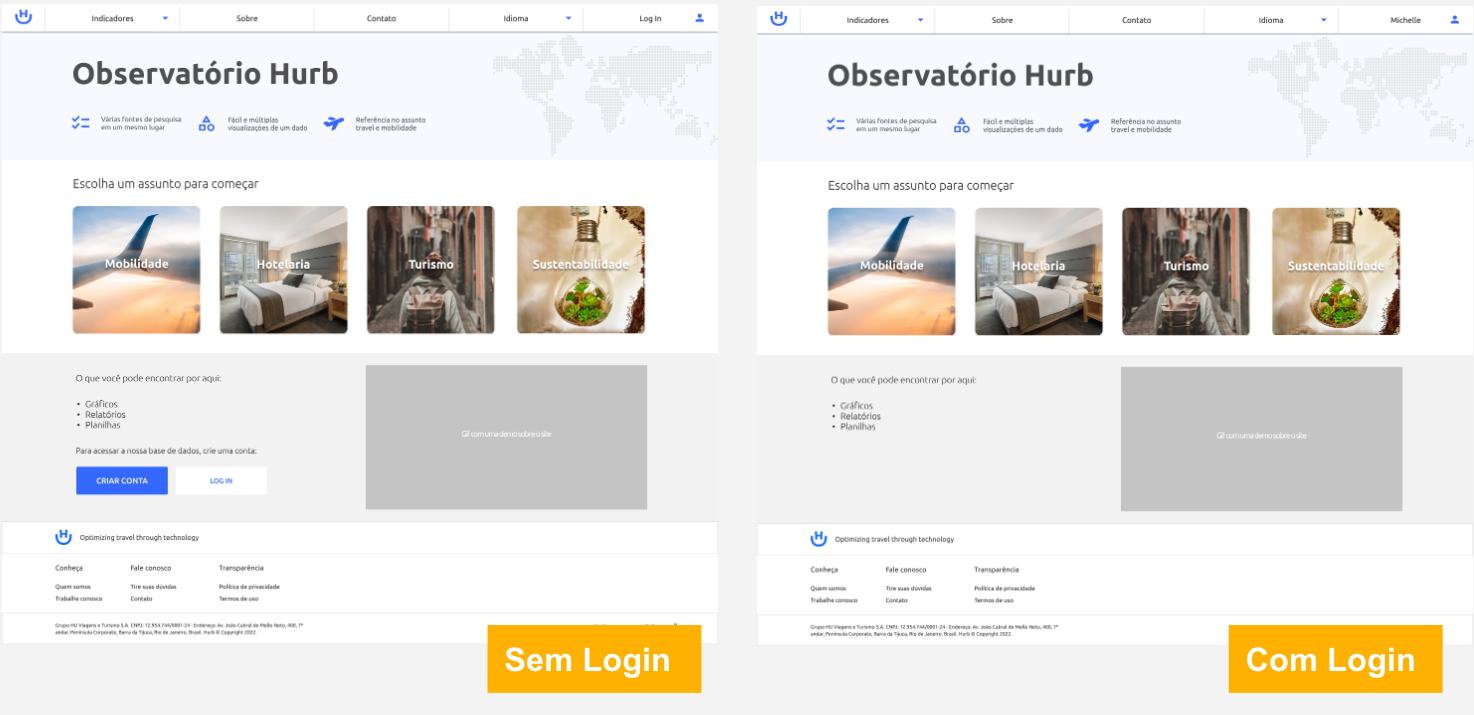Data Observatory
The market in general has a deficiency in latent data: fragments of information scattered across the internet without curation and context. We understand that if this observatory is well-structured, it can transform not only into a brand strengthening initiative but also into a future business unit.
We believe that excellent content production, combined with our business intelligence, can offer a range of products to Hurb, such as reports, datasets, podcasts, and infographics, all in synergy with our visual identity and care for the fragility of the insights that can be generated from the portal. We understand that our target audience can be anyone interested in learning more about various topics, but we would like to focus first on the tourism industry, hotel chains, and opinion leaders.
This is an excellent opportunity to start a new business vertical, fostering and monetizing all the data we have on subjects such as tourism, mobility, equity, environment, health care, geomarketing, marketing analyses, logistics, cybersecurity, and location intelligence.
Target Audience
Press, governments, academia and education, individuals interested in tourism market data, travelers or new HURB travelers.
Main difficulties, desires, or problems
Find a centralizer of information that brings together all the data from the tourism market. In addition to gathering, analyzing, organizing, and presenting this data in an easy and understandable way, making it accessible to everyone.
Where they find the information they need daily
Information is currently available from various sectoral sources, and even within some sectors, we have segmentations.
What will be our benefit and/or differential
Being recognized as a reliable source of data on our market, reducing research time across various sources. The differential is that, in addition to the data we have, we will consolidate the data from market sectors and present it with a modern, pleasant, and understandable visualization, creating a position of trust and reference in the market.
Challenge
Provide quantitative data and curate it for the observatory. Metrics and dimensions will be grouped into groups: demand, infrastructure, and sustainability. Other business areas can contribute to this quadrant by validating the data.
First case:
Tourism
Examples of demand indicators for infrastructure and sustainability:
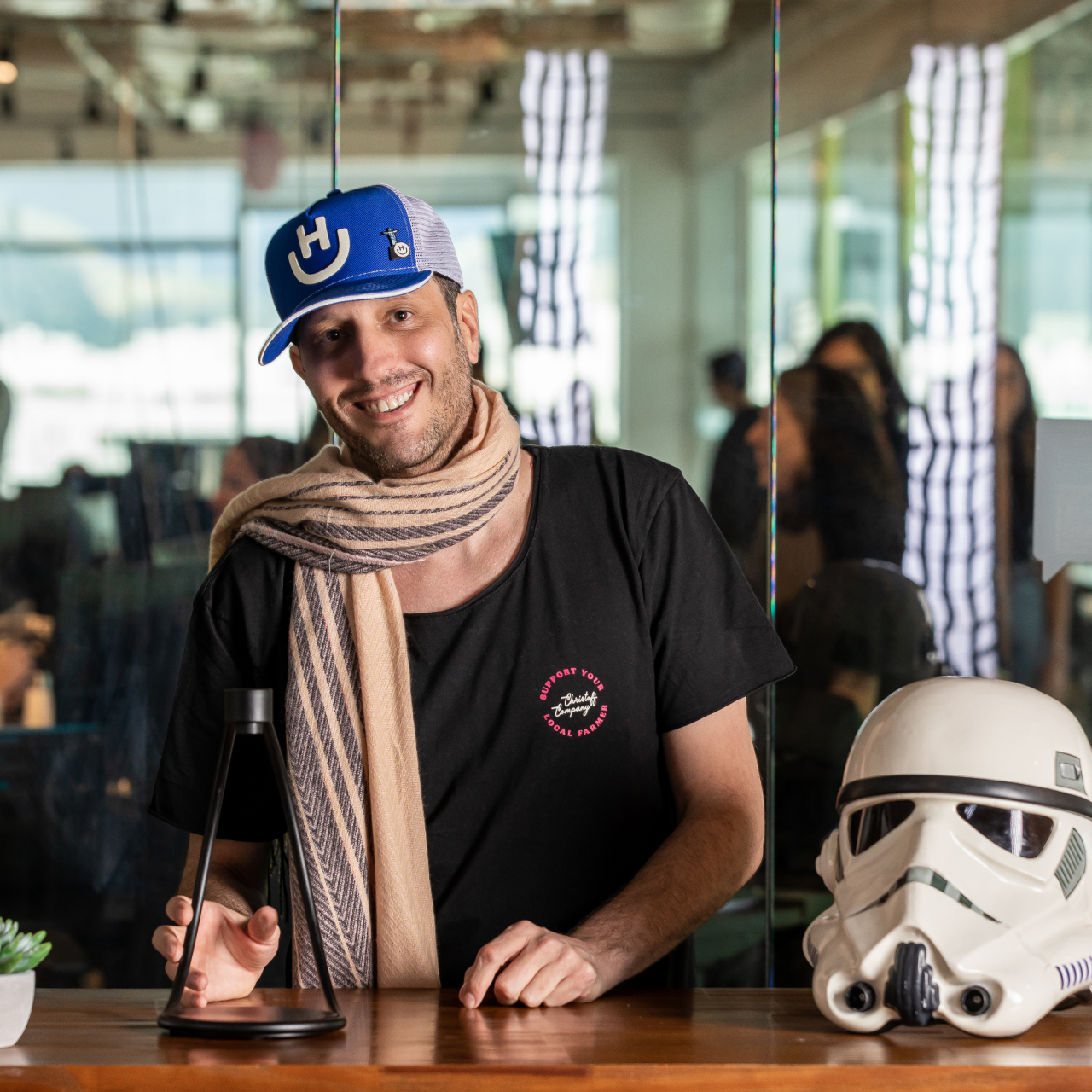
João Ricardo
Hurb Founder
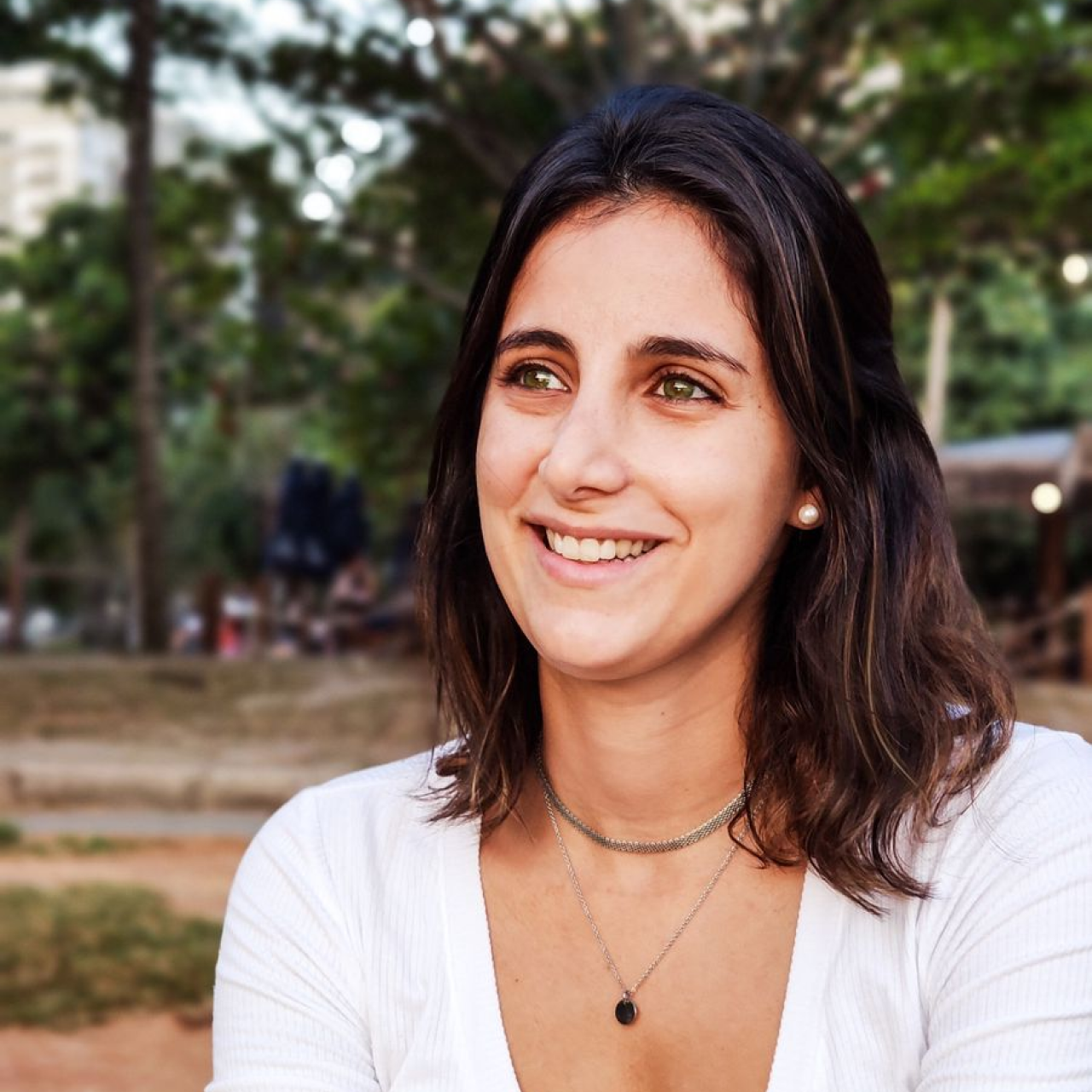
Michelle Musafir
Product Designer
Indutrial Design - PUC-RJ - Pontifical Catholic University of Rio de Janeiro
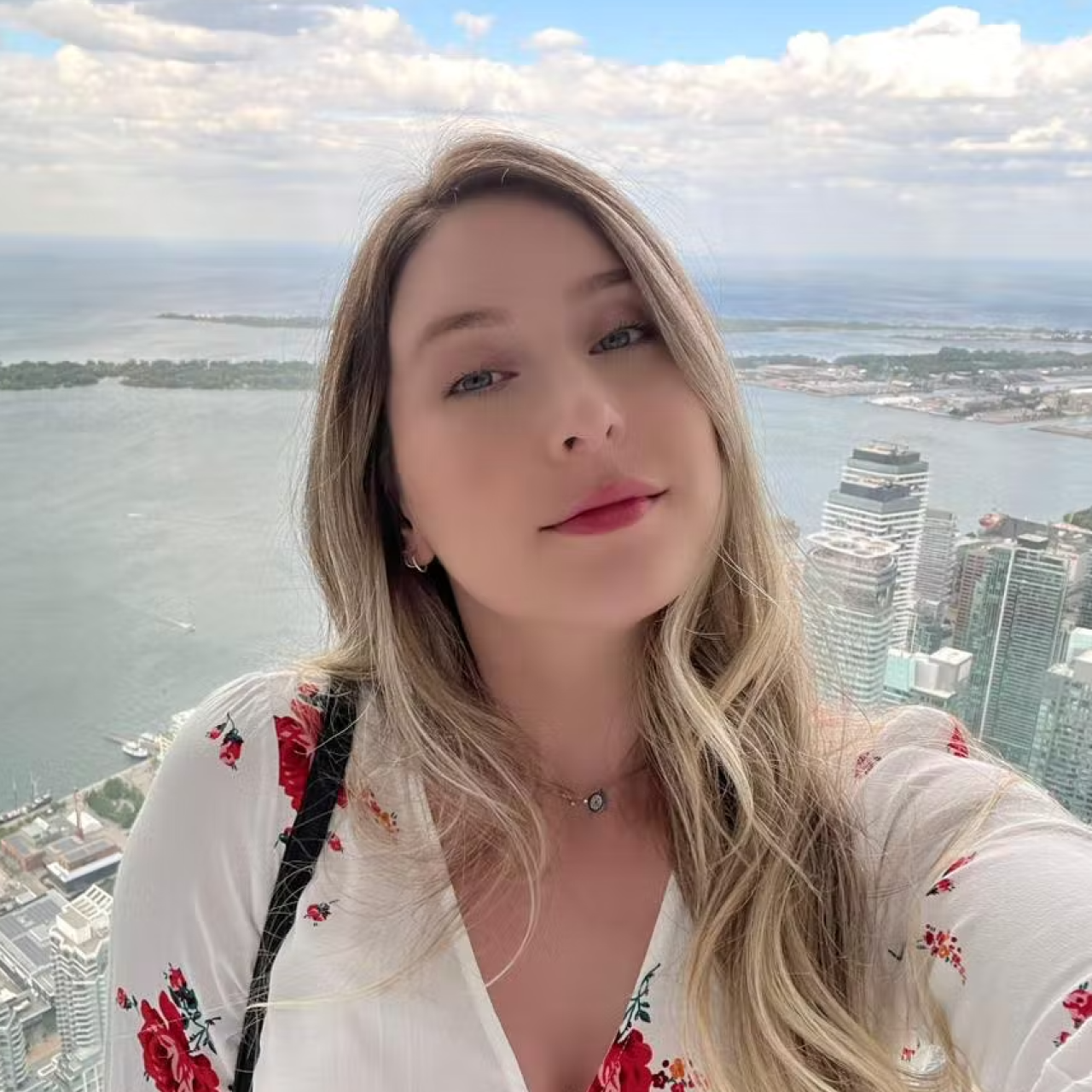
Rayssa Vanucci
Operation Manager
International Relations - PUC-MG - Pontifical Catholic University of Minas Gerais



